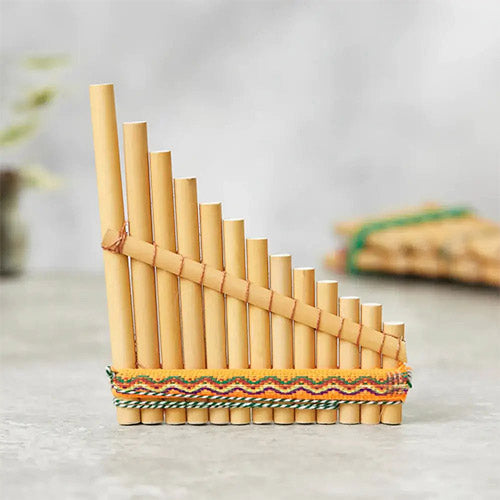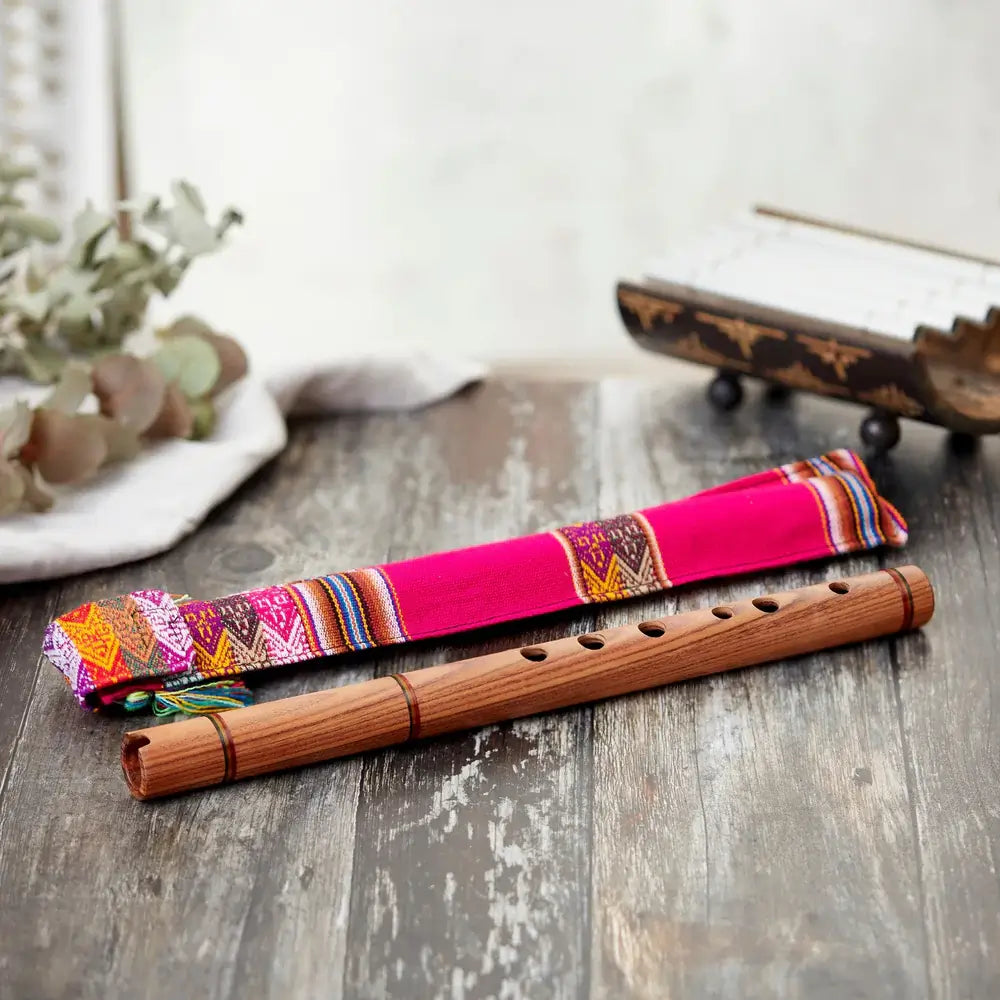The triangle is a simple bell percussion instrument known for its uniqueness. While it is simple, it can be played in many different ways, which we will explore in this guide. The triangle can be used to introduce a new section in a piece of music on the first beat with a soft, delicate tone, or it can be played loud to make a statement as it comes in. Alternatively, it can be played in rhythm to add a metallic texture to your music.
What is the Triangle?
The triangle is a metal percussion instrument shaped like a triangle known for its bright, clear tone. Suspended by a string or holder to allow full resonance, it's used in orchestral and solo settings. Its sound and pitch vary depending on key components: the material (such as steel or brass), the size (smaller for higher pitches, larger for deeper tones), and the type of beater used—wooden or metal—each offering different tonal qualities.
Choosing the Right Triangle and accessories
Choosing the right triangle is key to your playing experience. Test different triangles to find a sound that matches your style, and consider size and weight for comfort, especially during long performances. Steel triangles offer a bright tone, while brass provides a warmer sound. To get the best out of your triangle, you should get yourself a holder to keep the instrument in a great position whilst played. This will help with the sound projection, and you should also experiment with different beaters to find the perfect sound for your music.
How to Hold a Triangle Instrument

Position the triangle about a foot away from your face, just below eye level, so that you can see the instrument and your music. Use your non-dominant hand to hold the triangle in an "O" shape, ensuring it stays secure yet free to resonate. Keep your skin away from the metal to prevent dampening the sound. If you prefer using a holder, securely mount the triangle and adjust the height to a comfortable playing level.
Choosing the Right Beater
The beater you choose affects the triangle's sound. For example, wooden beaters produce a softer, warmer tone, while metal beaters create a brighter, penetrating sound. Aim for the optimal angle when striking the triangle—hold the beater at a 45-degree angle to the triangle's side. Try striking different triangle parts: near the apex for a bright tone, inside at the bottom for a warmer sound, and in the lower corner for a fuller resonance.
Damping the Sound
Learning to dampen the sound is essential for controlling the triangle's resonance. Use your non-dominant fingers to gently press against the triangle's side after striking it. This technique allows you to manage the sustain and decay of the note.
Basic and advanced playing techniques
Practice basic techniques with single strikes to familiarize yourself with the triangle's sound. Progress to repeated notes, gradually increasing speed and consistency to create a rolling effect. Once comfortable, challenge yourself with advanced patterns like two-sided rolls—alternating strikes between two adjacent sides—and three-sided rolls for a continuous, flowing sound. Add dynamics by practising soft, delicate strikes and more forceful hits for a range of expressive tones.
Reading Triangle Music
Reading triangle music starts with understanding its notation on the percussion staff. Learn to identify note values like whole, half, and quarter notes as they apply to the triangle. Since the triangle has an indefinite pitch, it fits into various musical settings without being tied to a specific note, making rhythmic accuracy and expression key.
Practicing with Sheet Music
Practice playing with sheet music designed for the triangle. Start with simple pieces and gradually move to more complex compositions.
Developing Your Triangle Technique
To develop your triangle technique, practice grace notes by suspending the triangle with a holder and using two matched beaters for a consistent sound. Focus on mastering accents to add expression—use a strong, quick strike for a strong accent, a moderate force for a medium accent, and a quick hit followed by immediate damping for a staccato accent.
Common Mistakes to Avoid
Avoid common mistakes like over-damping the triangle, which can mute its natural resonance—let it ring out before damping. Maintain a firm yet relaxed grip to prevent slipping and ensure better control. Try incorporating a range of volumes, which adds expression and keeps your playing from sounding flat.
Tips for Effective Practice
Set goals for each practice session by focusing on specific techniques, rhythms, or pieces to stay on track and make steady progress. Use a metronome to build timing and rhythmic accuracy, starting at a slower pace and gradually increasing the tempo as your confidence grows. Recording your sessions can also be a valuable tool—reviewing the playback helps pinpoint areas for improvement and lets you measure your growth over time.












